TAPE
 Jason Coffman wrote, directed, produced, and shot this thirteen-minute slow-burn nightmare. Jim Carston (played by Aaron Christensen) has a problem. He finds a business card for one Mr. Lake, who specializes in “Unusual Services.” Mr. Lake agrees to make Carston’s problem go away, but on one condition. After the job is completed, he will receive a videotape and, no matter what he does, he will have to possess that tape for the rest of his life.
Jason Coffman wrote, directed, produced, and shot this thirteen-minute slow-burn nightmare. Jim Carston (played by Aaron Christensen) has a problem. He finds a business card for one Mr. Lake, who specializes in “Unusual Services.” Mr. Lake agrees to make Carston’s problem go away, but on one condition. After the job is completed, he will receive a videotape and, no matter what he does, he will have to possess that tape for the rest of his life.
Now, right off, it’s a little strange that a 2012 film should revolve around a videotape, but the medium is already so outdated that it has a strange nostalgic feel to it. And, as we see in the film’s surprising climax, there’s just things you can do with a tape that can’t be done with a disc.
This short film is already gathering critical acclaim and you can watch it now on Vimeo, as well as learn more about it at the Rabbit Room Productions website. And if you want to see more of the enigmatic businessman, Mr. Lake, there’s a sequel of sorts floating around the Internet titled, “Secret Cinema.”
Just be careful about picking up strange business cards.
Michael Penkas is the website editor for Black Gate. A collection of four of his stories, titled Dead Boys, is available for download through Amazon and Smashwords. You can learn more about his various publications on his blog.
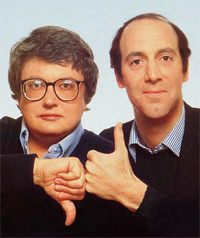
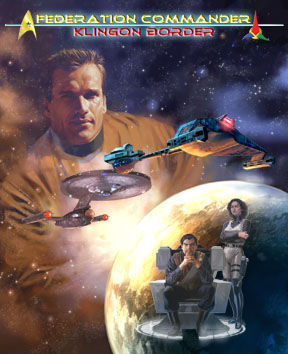
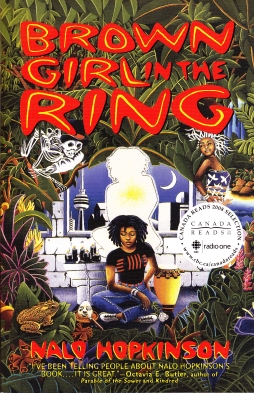 Published in 1998, Nalo Hopkinson’s debut novel was Brown Girl in the Ring, the first winner of the Warner Aspect First Novel Contest. It went on to be shortlisted for the Philip K. Dick Award and the James Tiptree Junior Award, to win the Locus Award in the First Novel category, and to help Hopkinson (who had already published several short stories) win the John W. Campbell Award for Best New Writer. She’s gone on to write five more novels, along with two collections of short stories, as well as editing and co-editing several anthologies.
Published in 1998, Nalo Hopkinson’s debut novel was Brown Girl in the Ring, the first winner of the Warner Aspect First Novel Contest. It went on to be shortlisted for the Philip K. Dick Award and the James Tiptree Junior Award, to win the Locus Award in the First Novel category, and to help Hopkinson (who had already published several short stories) win the John W. Campbell Award for Best New Writer. She’s gone on to write five more novels, along with two collections of short stories, as well as editing and co-editing several anthologies.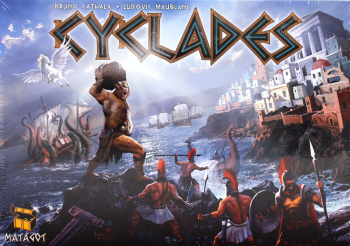

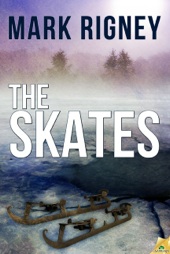

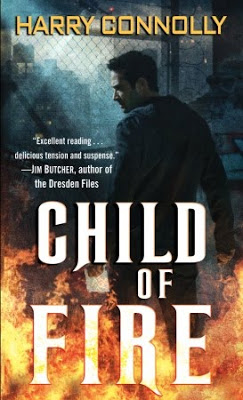
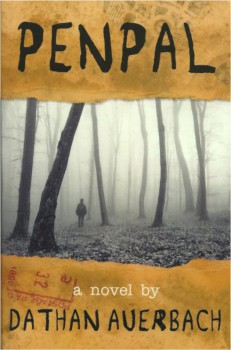
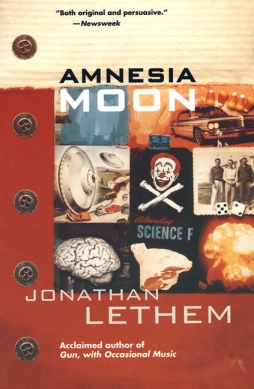 Not long ago, I came across a copy of Jonathan Lethem’s second novel, Amnesia Moon. I was curious: Lethem’s best known for his recent work in mainstream mimetic fiction, but his early novels were science fiction and he also wrote an odd take on Steve Gerber’s already-odd character Omega the Unknown for Marvel Comics in 2007. More, between 2007 and 2009, he edited
Not long ago, I came across a copy of Jonathan Lethem’s second novel, Amnesia Moon. I was curious: Lethem’s best known for his recent work in mainstream mimetic fiction, but his early novels were science fiction and he also wrote an odd take on Steve Gerber’s already-odd character Omega the Unknown for Marvel Comics in 2007. More, between 2007 and 2009, he edited